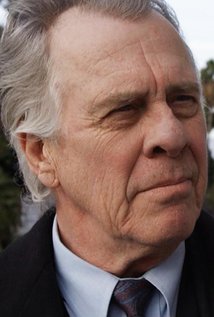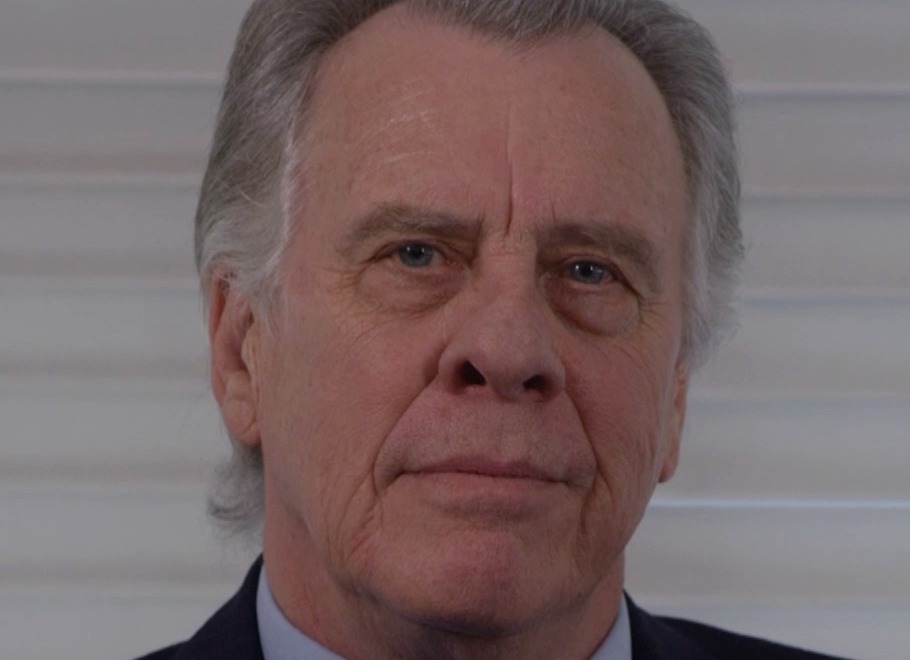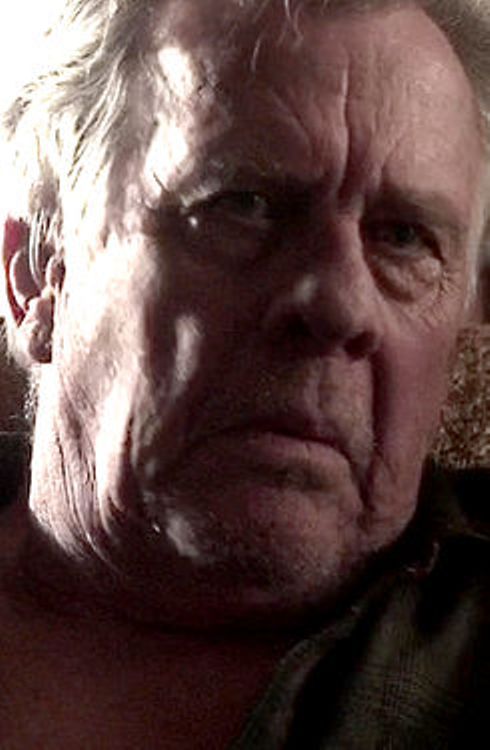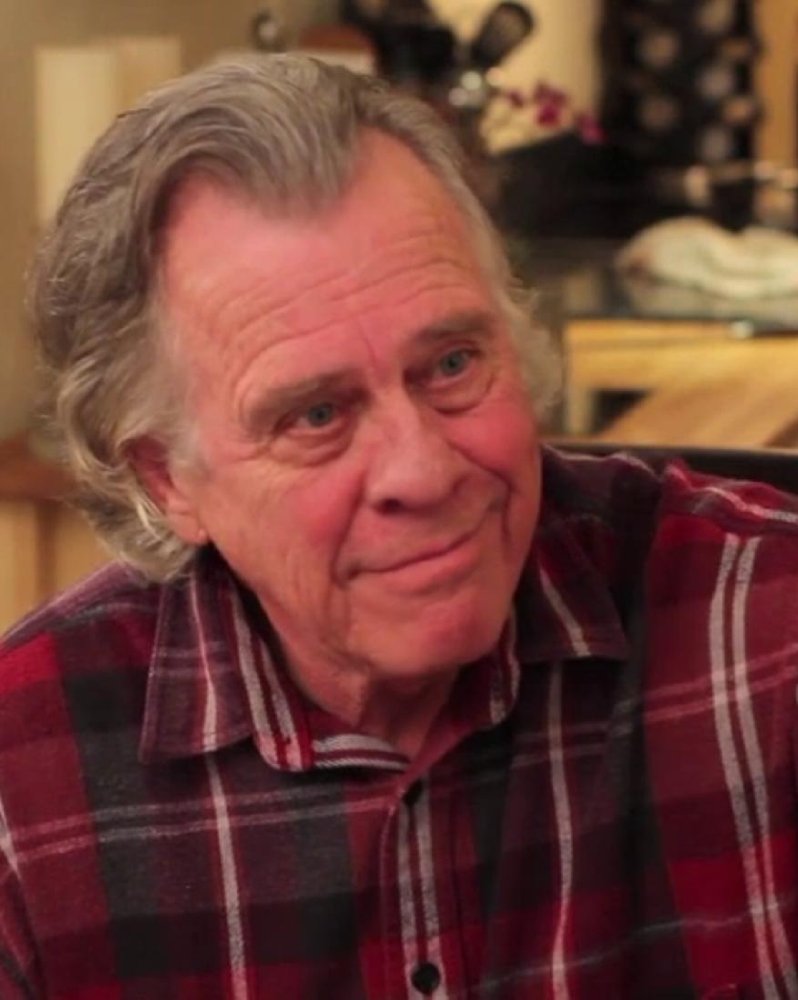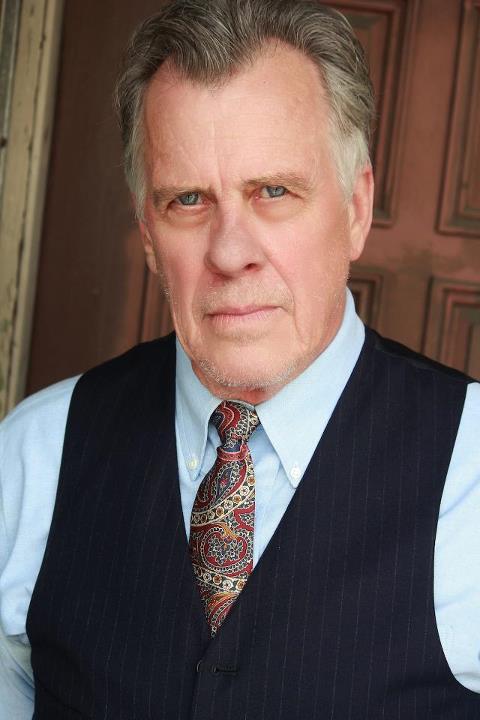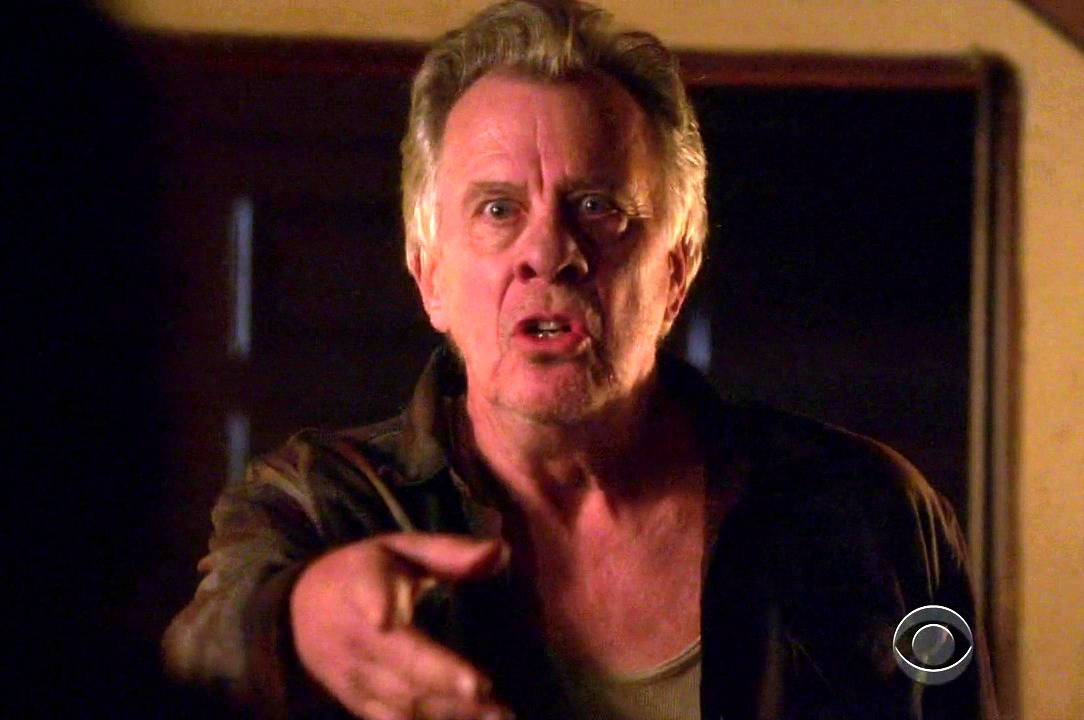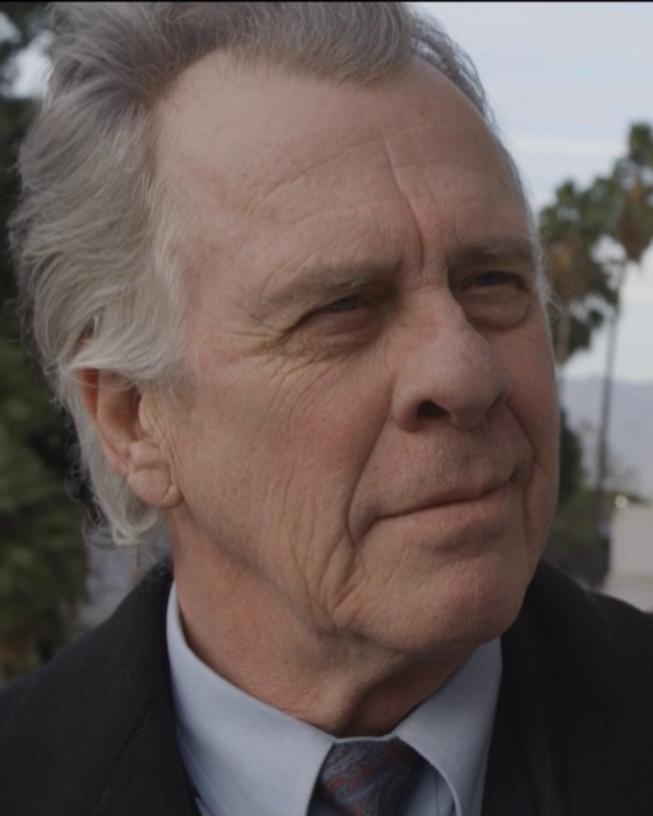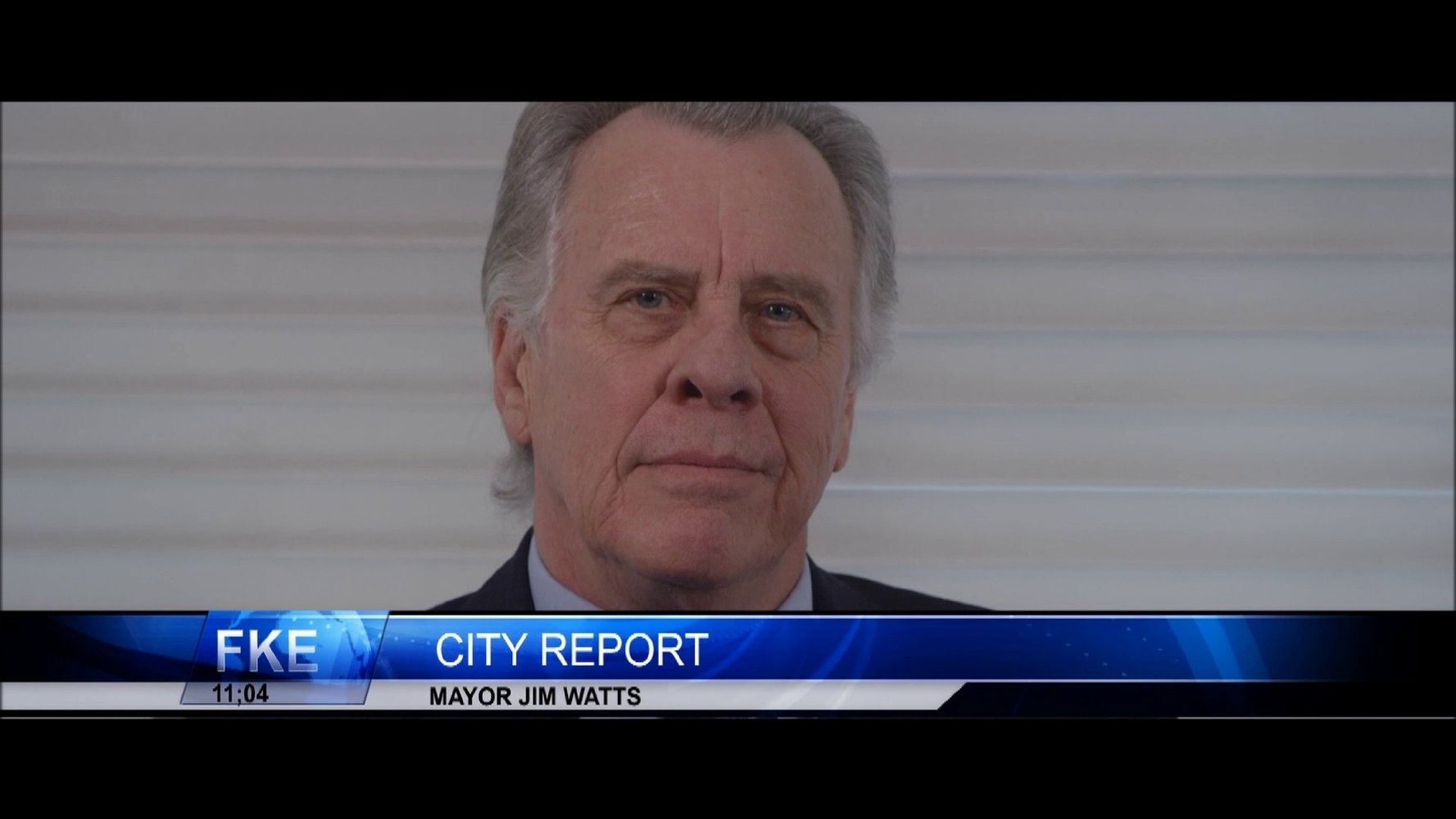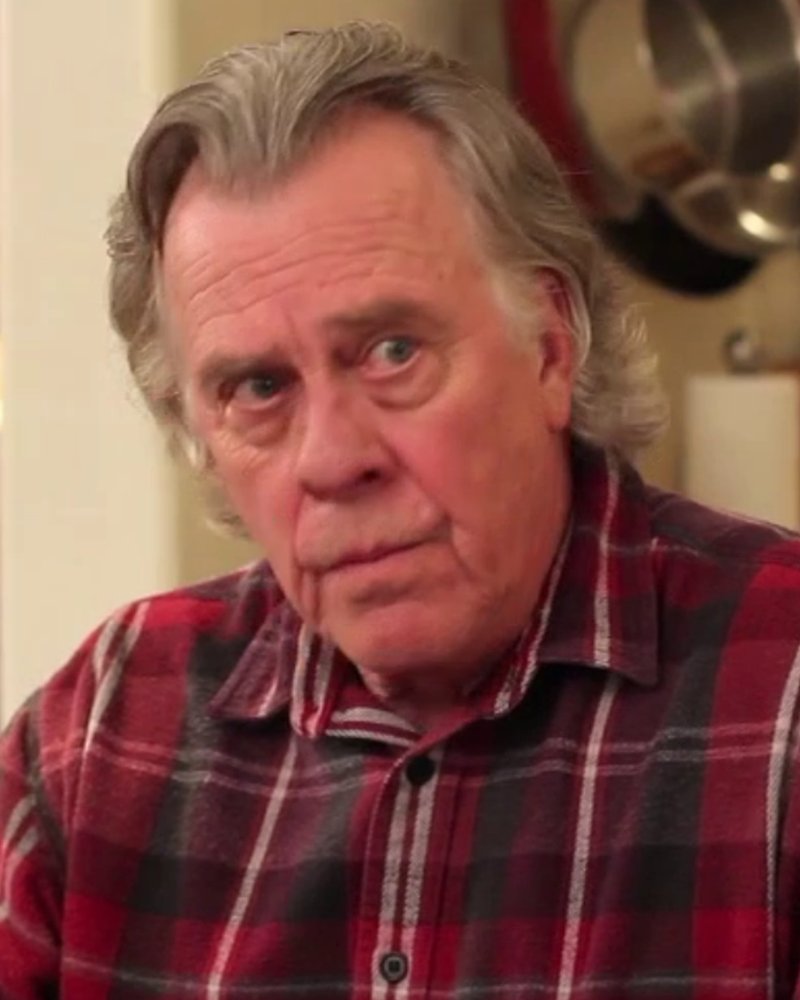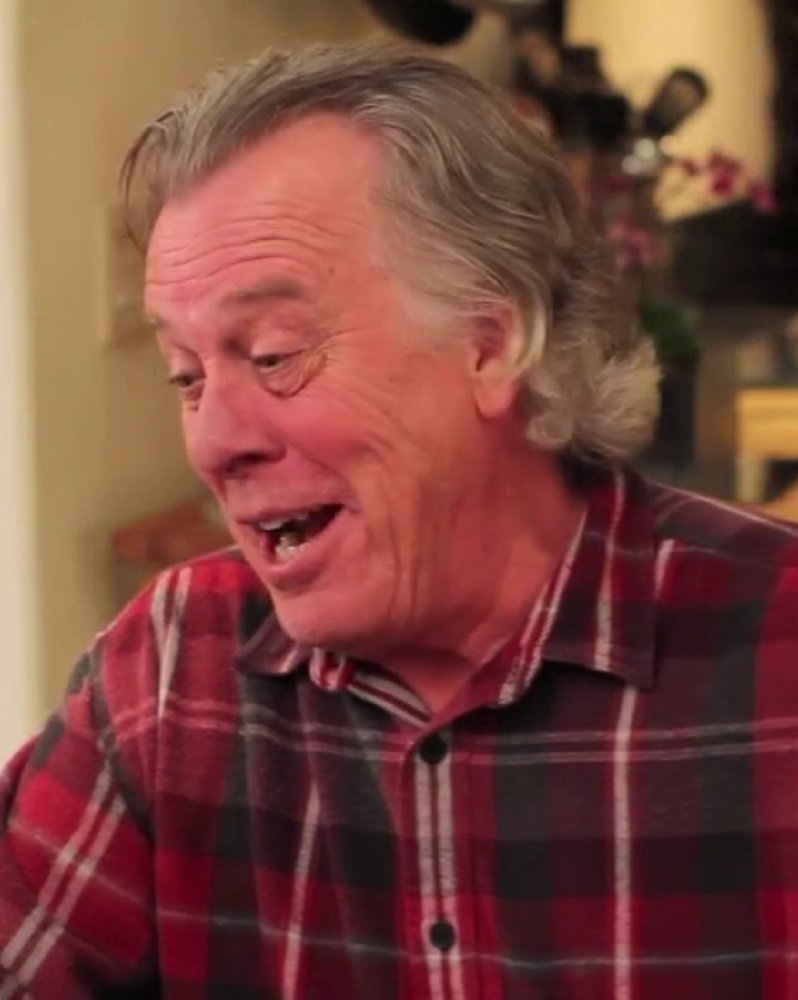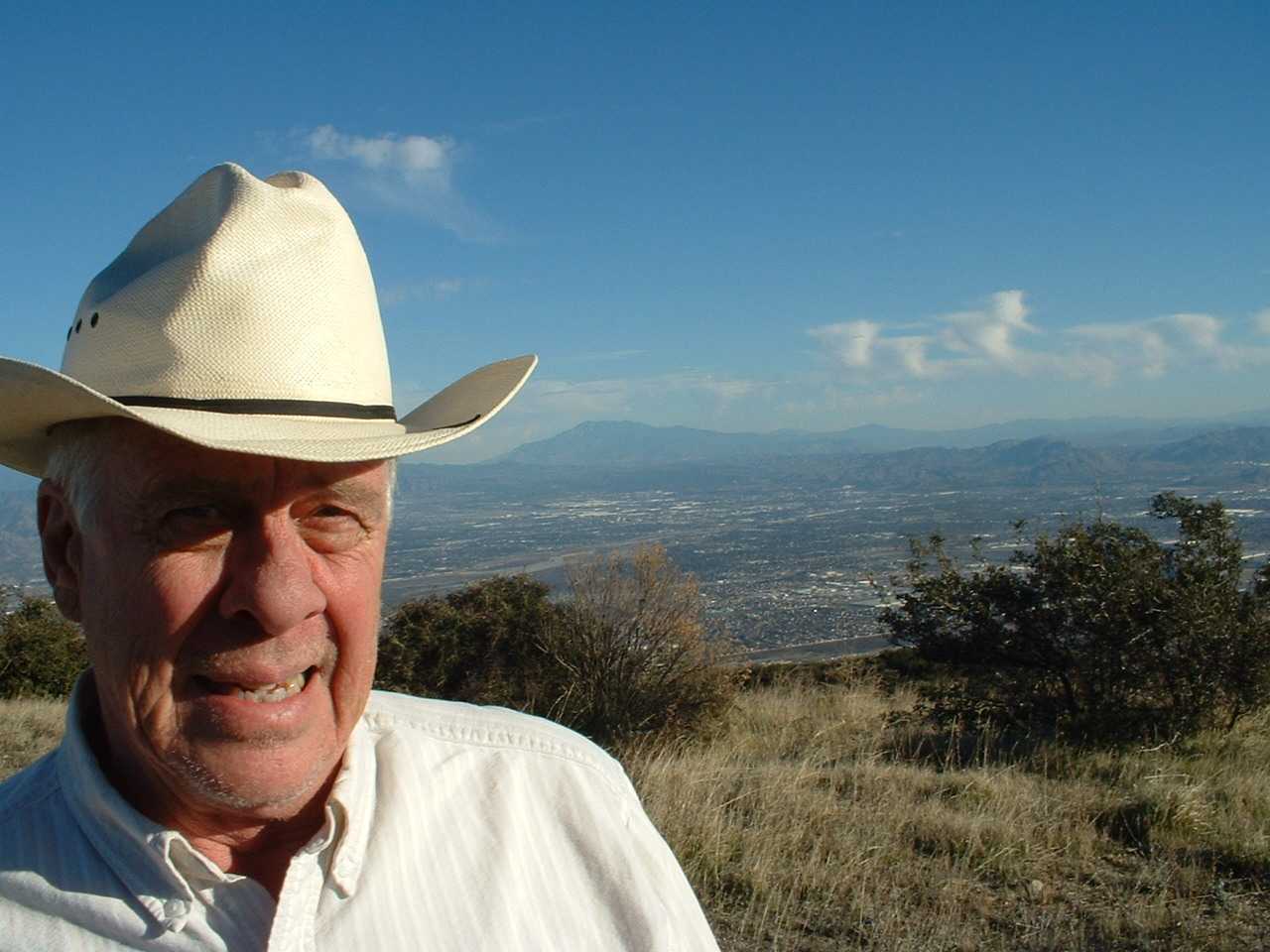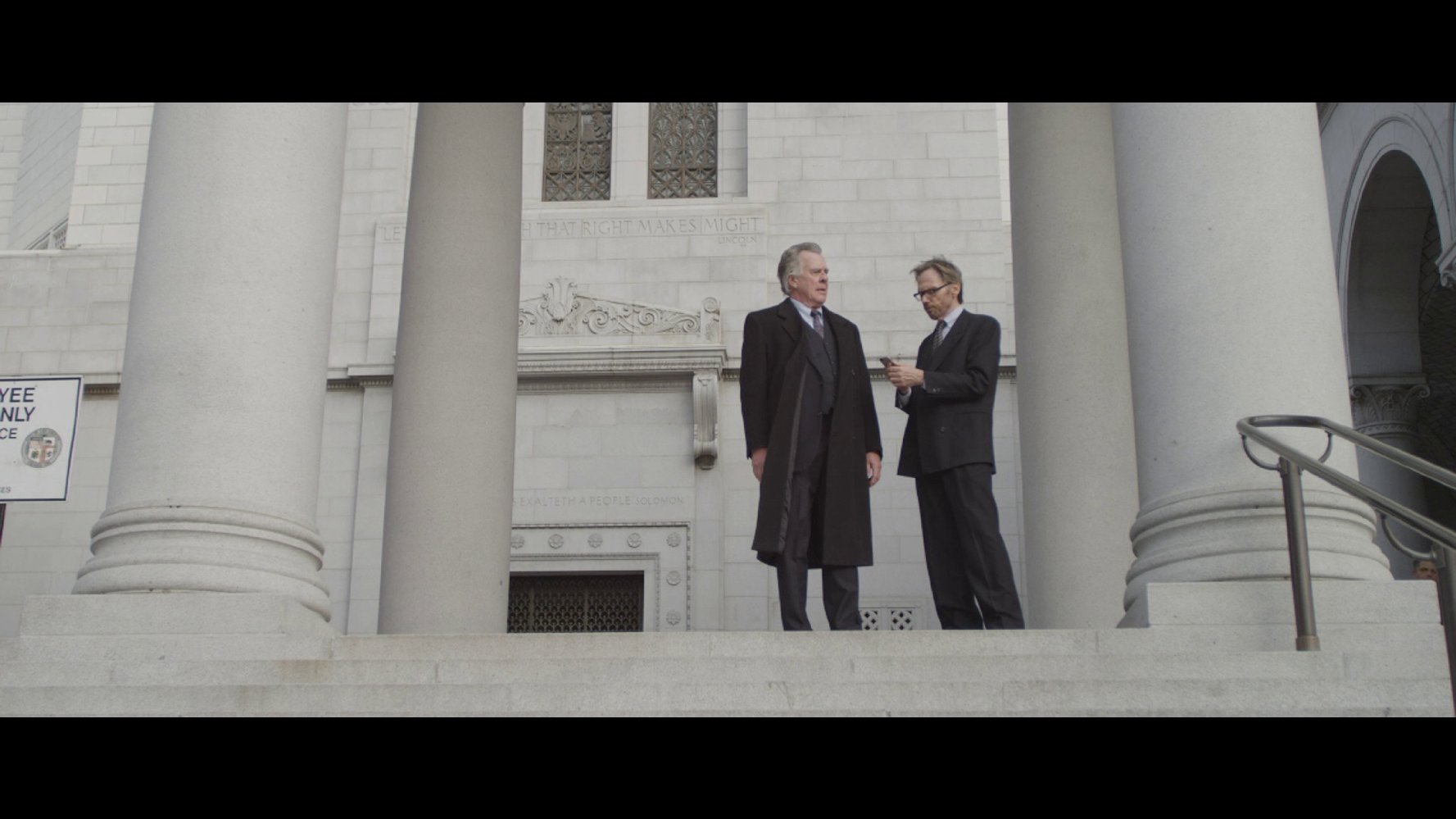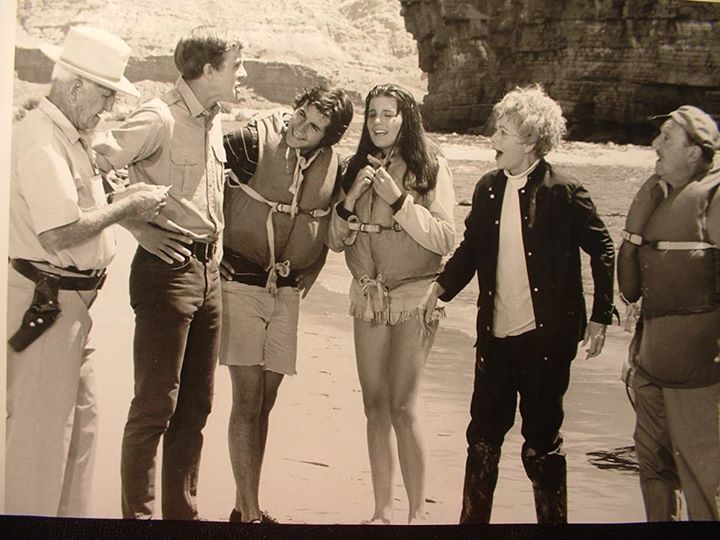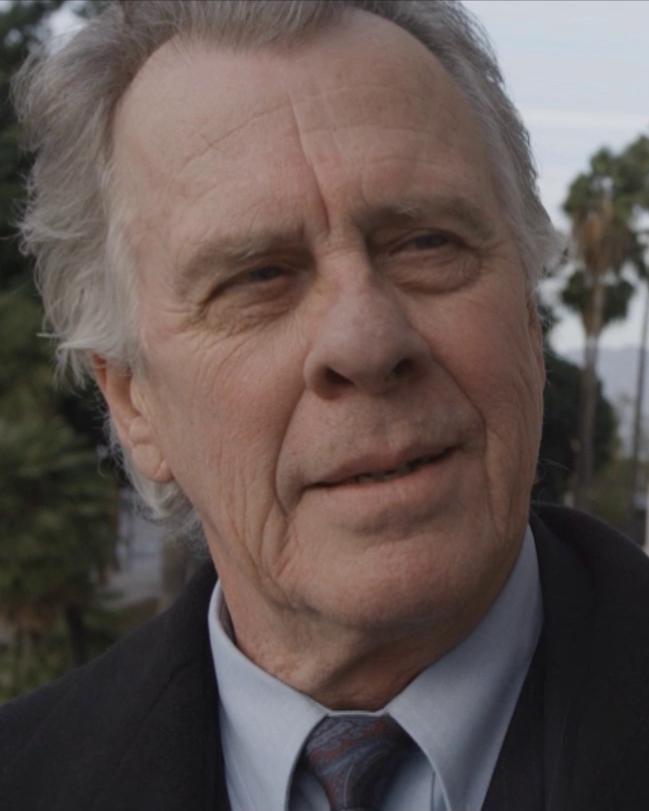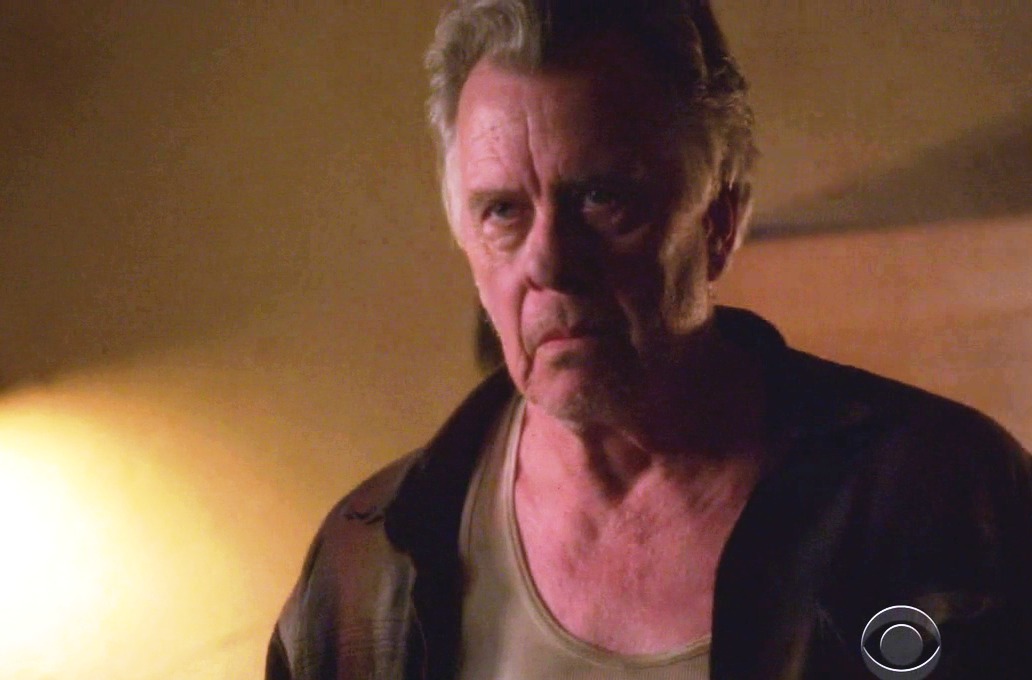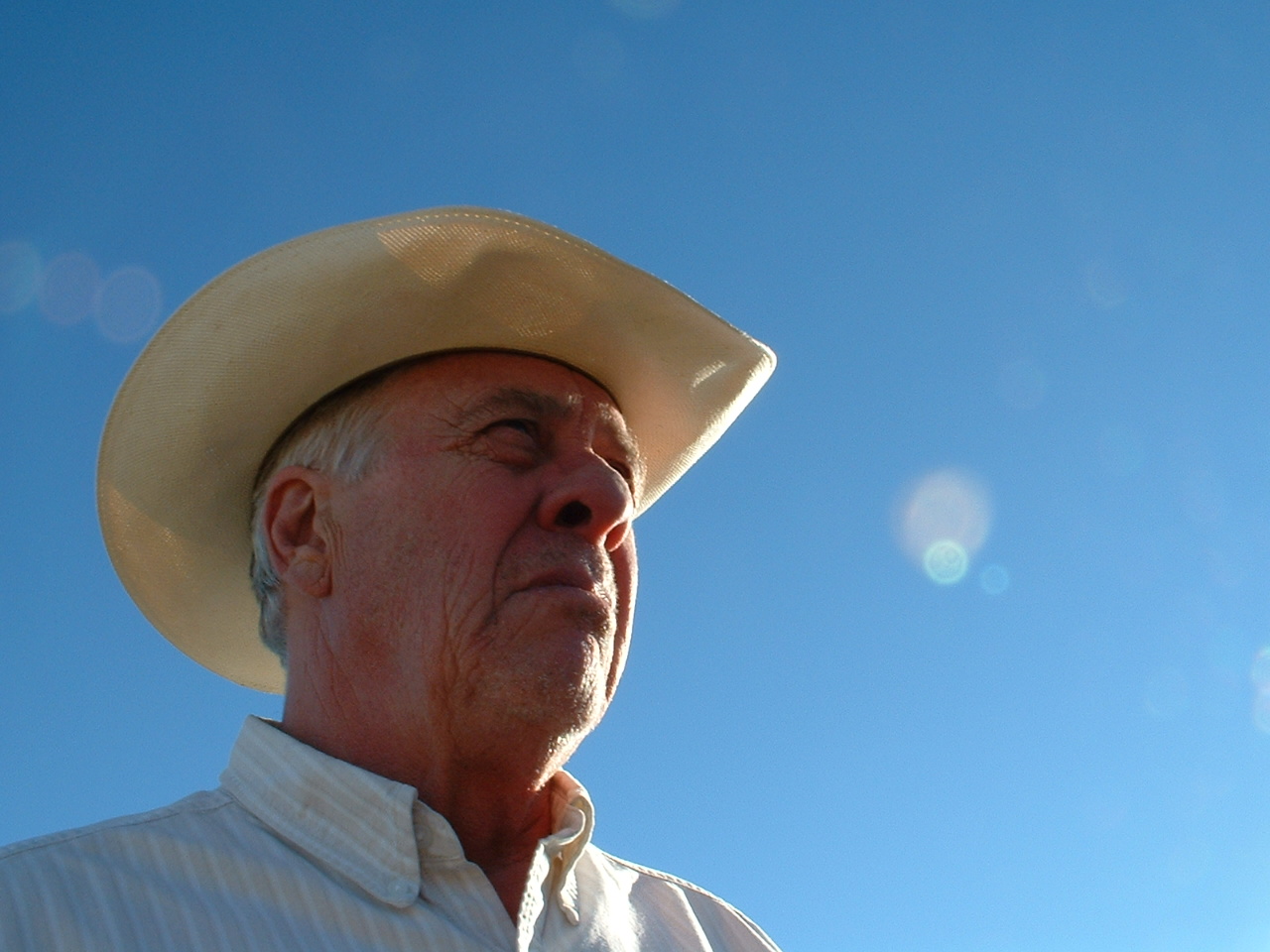Robert L. Hughes first left his imprint as an artist when he created several "Happenings" or environmental theatre pieces as an undergraduate at Whittier College in California. At the time, he was influenced by the international avant-garde theatre movement that included playwrights such as Albee, Pinter and Ionesco; by the ritual theater of Jerzy Grotowski and by the sound works of John Cage.In Hughes' original work, Card Game, the audience was limited to fifty-two participants whose fate in the "Game" was partially determined by their "ticket" or luck of the draw from a deck of cards. The theatre piece put audience and actors both in situations that explored the balance and implications of fate and choice. The documentation of Card Game became an example of contemporary theatre in the curriculum at Whittier College and the piece turned out to be a forerunner of the reality entertainment programming that would become so dominant decades later.Hughes then spent a year in New England and New York where he studied and performed at the Priscilla Beach summer stock theatre and participated in the theatre program at New York University.Returning to California, Hughes began to land professional roles on stage and television and he founded the American Theatre Lab at Los Angeles with Isaac Dostis of the Sonia Moore Institute in New York as Co-Artistic Director. The Theatre Lab included both veteran and aspiring actors. While Dostis taught classes and directed productions based on the system of Constantine Stanislavski, Hughes continued to experiment with theatrical conventions and push the boundaries in the spirit of Cage and the Theatre of the Absurd. The improvisational work in sound, movement and scene development at Theatre Lab led to public performances of abstract "Human Orchestra" and movement pieces and culminated in the improvised one act play, To Colonize, which drew the praise of Pulitzer Prize-winning critic, Margaret Harford. It was during this period of experimentation that Hughes began to witness the therapeutic aspects of working with improvised sound and movement.After leaving Theatre Lab, Hughes joined the L.A. improvisational group, Synergy Trust, an offshoot of The Committee and Second City. Synergy Trust was dedicated to developing the improvisational principles of Viola Spolin, Paul Sills and Del Close - who was a coach and participant with the group. Synergy Trust was less focused on commercial success and getting laughs than other improvisation groups at the time. They chose to experiment more with the leading-edge challenges of improvisation such as thematic development and the power of form to enhance content. These goals led to greater understanding of the elements of group creative dynamics, such as the importance of trust, how to forward the action, how to cooperate more effectively, how to take and relinquish the lead and how to uncover and celebrate original thought and action. It became apparent that the "holy grail" of effective group improvisation was synergy - when the results transcended and exceeded the sum of the parts. Individually and as a member of the troupe, Hughes conducted customized workshops on the synergy of effective improvisation for business professionals, the public, and students and professors at colleges and universities - including sessions at UCLA, UC Santa Cruz, Whittier College, The Santa Ana Unified School District and The Design Center in San Francisco.When Synergy Trust disbanded, Hughes opened his own studio on Melrose Blvd. in Hollywood and for several years taught ongoing workshops for improvisational techniques, group creative dynamics and personal development to professional performers. Hughes' teachings at his studio on Melrose gained particular attention for their success in personal and spiritual development and he was asked to conduct several of his exercises at an international healing conference in Desert Hot Springs, California.During this period of time on the West Coast, Hughes also taught Drama and Theatre History at two California High Schools and he directed numerous productions including the original rock musical, Eagle Boy.Hughes' career as a performer included lead roles in stage productions throughout the U.S., numerous TV commercials, and guest appearances on episodic TV. He was a founding member of the La Mama Hollywood theater company and a charter member of Synergy Trust. He also delighted audiences with his stand-up act, The Crowd, at the Improvisation and Comedy Store in Hollywood during the golden age of stand-up comedy.Hughes left Hollywood in the early 80s. Personal and relationship developments drove him to seek new challenges and he headed back to the East Coast - Northern Virginia, just outside of Washington, D.C. There, Hughes changed his career and venue, but continued his focus on creative dynamics, innovation and results as he played key roles in the communications revolution.Moving into the corporate world with management positions at ROLM, Siemens, and then Lucent/Avaya, Hughes consistently drove substantial revenue and market-share gains through the design and implementation of innovative marketing and communications strategies and programs.While at Siemens, Hughes led research and design for the first Siemens external web page and also their secure Intranet portal, the award-winning Route One - positioning them as an early global leader in E-Commerce.During this period, Hughes was also a pioneer in Web publishing as the creator and editor of one of the Internet's first "zines" and "protoblog", the internationally acclaimed website, Life Raft.Hughes was recruited by Lucent Technologies and he played a key role in building one of the most successful business-to-business brand campaigns in U.S. history. He provided cross-business leadership in development and delivery of solutions-focused marketing programs, branding and naming strategies, and lead-generation initiatives.Hughes led a paradigm shift in the high-tech industry when he produced the international award-winning Lucent corporate identity video, "What's it going to take?" The video set a benchmark for corporate positioning with its humanized vision of the power of global networks. While at Lucent/Avaya, Hughes received the President's Team Leadership Award.As the telecommunications industry began to contract, Hughes moved on and returned to the West Coast to be closer to his extended family and to spend more time with his wife and son, and he has returned to the entertainment industry and reunited with one of his first loves...acting.
Show less «

